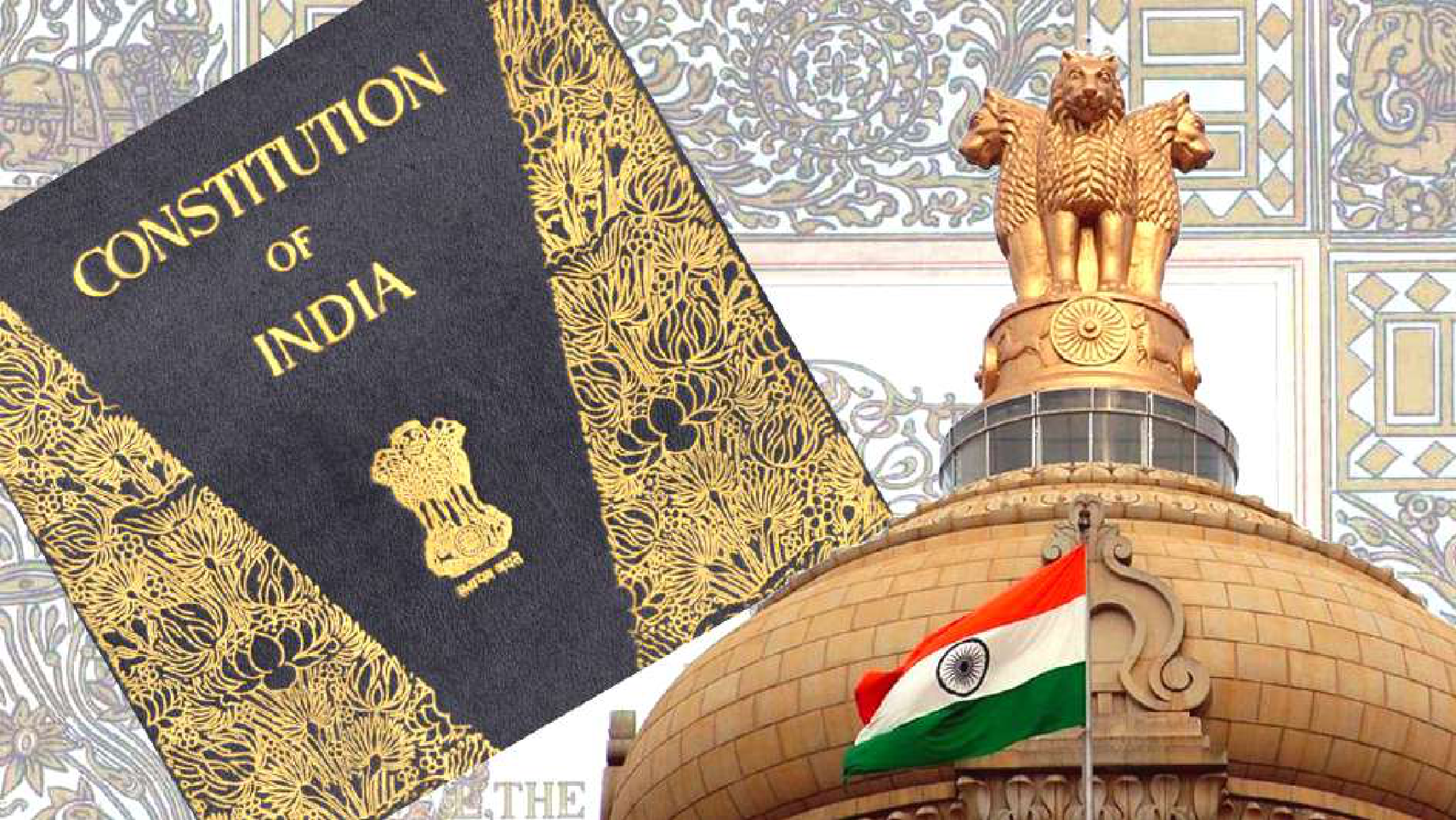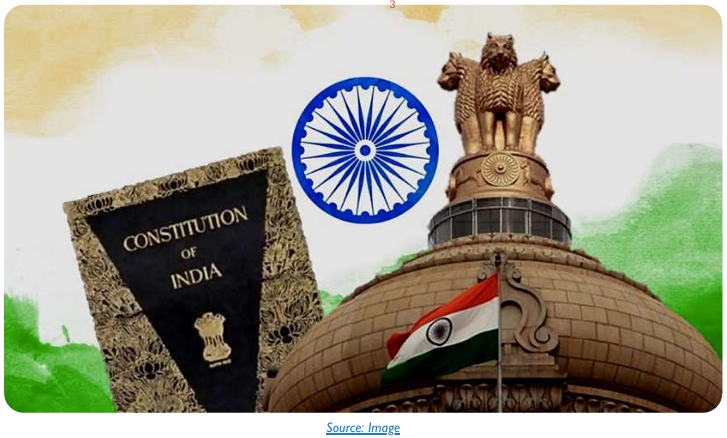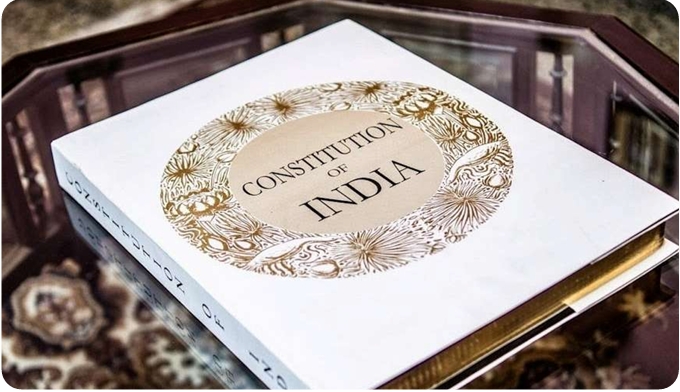Background
In India the demand for greater transparency in government began in the initial decades after independence.These demands were mostly sporadic and were concerned with specific issues and events7 . However, it was only in 1975 that the Supreme Court of India took cognizance of this demand in Raj Narain v the State of UP 1975. The notion of information as a right received further impetus in in SP Gupta and Ors. vs The President of India in 1982 when the SC held the right to information to be a fundamental right.
In spite of the repeated recognition of the RTI by the Supreme Court there was very little effort by the government to institutionalize this right through an appropriate legislation. It was only in 1990s with the emergence of various people’s movements spearheaded by the Mazdoor Kisan Shakti Sangathan (MKSS) which led to a concerted effort towards institutionalization. The MKSS movement was a movement of peasants and labourers which demanded social audit of village level accounts to expose rent seeking at lower levels of administration.They employed a direct method in their fight for greater transparency, namely, the use of jan sunwais or public hearings8 .
While the movement began at the grassroots its impact was felt across the country and gave rise to the National Campaign for People’s Right to Information (NCPRI), which was formed as a support group for the MKSS and to do advocacy on right to information at a national level. The efforts of MKSS and NCPRI resulted in many state governments passing their own state level RTI Acts, beginning with Tamil Nadu (1997) and Goa (1997)9 . This was followed by Rajasthan (2000), Maharashtra (2000), Karnataka (2000), Delhi (2001), Assam (2002), and Jammu and Kashmir (2003). At the national level the Freedom of Information Bill was introduced in 2000.
It was around this time that many sections of the government started becoming concerned about the growing demands for transparency and it marked the beginnings of an organized opposition to the proposed Bill10 . Given the extent of opposition to the right to information, while the freedom of information Act was passed in 2002, it was a highly diluted version of the original Bill drafted by the activists11 . Thereafter, in May 2004 the United Progressive Alliance (UPA) came to power at the national level and brought out a Common Minimum Programme (CMP) which included a promise to make the Right to Information Act “more progressive, participatory and meaningful”12 .This was recognized as a rare opportunity by the NCPRI to get a stronger law that recognized the people’s access to information as a right.As a matter of strategy it was decided to make amendments in the existing law rather than get a completely new law13 . Consequently, after heavy lobbying, the RTI Act was passed by both houses of the Indian Parliament in May 2005, with around 150 amendments.
Post enactment the RTI Act has been used effectively to fight corruption at various levels of administration and has exposed deep-rooted graft in India. With 40-60 lakh RTI applications each year, it has been a game-changer for good governance with stories abound highlighting the empowerment of people in getting their dues. However, over the years there have been continuous attempts to dilute this law through government action and judicial interpretation, and as a result the effectiveness of its implementation seems to be fading. The most recent concern has been the 2019 amendment which has made changes in the service conditions of various information commissioners leading to a huge outcry from various activists who believe the changes will have a direct impact on the autonomy of the commissioners.
The following section highlights some of the key obstacles faced during implementation which include the lengthening of the waiting period for applications, lack of suo moto disclosure of information, frequent violations of important provisions and very little penalties for these violations. It also highlights some overarching concerns such as the extensive violence faced by RTI activists and the huge divide in the rural and urban populations in using the RTI for getting their dues.
Key Issues
- Government Controlled Appointment of Information Commissioners: Selection Committee for the CICs in the original 2004 Bill14 included PM, Leader of opposition and CJI. (Similar for SICs) CJI was replaced by Cabinet Minister in the 2005 Act, making for a government controlled appointment.
- 2019 Amendment Affecting Autonomy: RTI Act was amended in 2019 to make changes in service conditions of various information commissioners at Centre and states15 . This amendment allows the central and state governments to decide the tenure and other terms of Affects autonomy of ICs.
- Different Rules across Different States: RTI allows each Appropriate Governments to make There are hundreds of rules with each state having its own set. Under RTI information can be accessed from any public authority anywhere in the country so having variations in rules creates unnecessary problems for information seekers.
- Denial of Access to Reasons for Government Decisions: RTI requires every public authority to proactively provide “reasons for its administrative or quasi-judicial decisions to affected persons”. At national level 12%16 of applications are about decisions made by public authorities. Many PIOs violate this provision and deny information where reasons are Even ICs are upholding this position17 .
- Non Compliance with Suo Moto Disclosure: Section 4(2) requires all public authorities to provide as much information suo motu to the public at regular intervals so that they have minimum resort to the use of this Proactive disclosures allows public to be aware of any decision and provide feedback making policy formulation more participative. More than 50% of the RTI applications nationally are about information that should have been disclosed proactively18 , showing a failure in compliance.The importance of suo moto disclosures reiterated by the SC in CBSE vs Aditya Bandhopahyay and Ors. in 201119.
- Illegitimate Transfer of RTI Applications: Section 6(3) allows transferring an application in case it is related to another public authority. This is provided in recognition that common citizens may not be aware of departments holding required information. There have been instances20 of misuse of section 6(3) to transfer application to multiple PIOs even within the same public authority.
- Non Functioning ICs and Shortage of Staff:The SIC of AP remained defunct for 17 months from May 2017 to October Tripura has remained non functional since April 2019. The SIC of Rajasthan has been functioning without a Chief Information Commissioner since December 2018. Tamil Nadu without CIC since May 2019. The Central IC has a vacancy of 4 commissioners and the SICs of Maharashtra, UP, Karnataka,West Bengal and Odisha have shortage of around 4-5 commissioners21 .
- Lack of Diversity in Background of Information Commissioners:The Act requires selecting Commissioners from diverse fields but data shows most appointees are retired civil servants22 . Another concern is the lack of representation of women. Since the passing of The Act only 10% of commissioners have been women.
- Backlogs and Delays: There is no prescribed time limit for hearing second appeal in ICs. This discrepancy in addition to shortage of staff has resulted in huge backlog of As of 2019 the total number of pending appeals at national level is 2,18,34723 . In February 2019 the SC had ordered that appeals should be decided within a few months24 .
- Perceived Leniency towards PIOs: Section 20 has stipulated ICs to penalize PIOs in case of malafide denial of information or not adhering to specified time. There has been tendency within ICs to show leniency towards PIOs. At national level 59% of the appeals recorded a violation under section 20 where penalty was imposable; however, actual penalty imposed in only 3% of cases25 .Total loss of revenue through penalties of the order of Rs 285 crore. Lack of imposition of penalties is a huge loss to the public exchequer. Also leads to lack of deterrence for committing violations.
- Irregular Publishing of Annual Reports: Section 25(1) requires ICs to publish annual report on status of implementation of RTI provisions in the year and submit it to respective Data shows 22 out of 29 ICs (76%) did not publish their report for 201826 . Punjab SIC did not publish report since 2012.Telangana and AP not published report since their reformation in 2017. 26% of ICs not published their latest report on websites. SIC of Uttarakhand published all reports till 2018 but not presented to assembly since 2014.
- Violence against RTI Activists: Between 2014 and 2019 more than 80 RTI activists have been murdered and many more have been assaulted or harassed27 . The Whistleblowers Protection Act, 2011 which was passed and notified in 2014 remains in-operational28 . In 2017 DoPT issued a draft rule 12 which asked CIC to terminate pending appeals on death of an appellant29 . This rule if applied would have further endangered the life of After protests it was rolled back. In order for RTI to be effective in bringing out corruption it is important to ensure that common public feels secure.
- Rural Urban Divide: Data shows 20% of RTI applications from metros and 60% from urban areas30 . Only 24% applications from villages. Under representation of rural areas where 60% of population lives.
Recommendations
- Elevate status of ICs to Constitutional Include Chief Justices in selection committee of ICs instead of Cabinet Ministers
- Have one set of rules for all public authorities
- Take steps to ensure adherence to provisions for proactive disclosure including reasons for policy decisions
- Ensure timely appointment of all requisite Make appointments from diverse fields and ensure gender parity
- Standardize the number of cases that each commissioner can handle in a year to reduce backlogs
- ICs need to become strict about violations by PIOs including illegitimate transfer of RTI There needs to be rigorous imposition of penalties whenever applicable.
- ICs need to ensure timely publishing of its annual reports and submission to the appropriate legislature.
- The Whistleblowers Protection Act 2011 needs to be made operational on an immediate basis.
- RTI awareness campaigns for villages need greater focus.
References:
- Banerjee, July 22, 2019. ‘Centre’s decision to bring amendments to RTI Act draws criticism from activists,’ The Hindu. Pune:The Hindu.
- Bhatnagar, Gaurav October 12, 2019. ‘RTI ‘Report Card’ Laments Pending Cases, Vacancies in Information Commissions,’ The Wire. Delhi:The Wire.
- December 12, 2019.‘80 RTI activists killed since 2014, yet Modi govt ‘refuses’ to implement whistleblowers Act,’ Counterview.
- Government of India. 2004. Right to Information Bill.
- Government of India. 2005. Right to Information Act.
- Kumar,Alok Prasanna. July 2019.‘The True Dangers of the RTI (Amendment) Bill,’ Economic and Political Weekly,Vol. 54, No. 30. Mumbai: Economic and Political Weekly, pp. 10-11.
- Navneet, R. July 30, 2019. ‘Critics of RTI amendment crying foul without much justifiable reason,’ Livemint.
- Ninan, Sevanti. August 23 2019. ‘Defanging RTI, Step by Step,’ The India Forum.
- RaaG. 2017. Tilting the Balance of Power: Adjudicating the RTI Act for the Oppressed and the Marginalised. New Delhi: Research, Assessment and Analysis Group.
- Roy, Aruna and Nikhil Dey. July 22, 2019. ‘The Tremor of Unwelcome Amendments to the RTI Act,’ The Hindu. Delhi:The Hindu.
- TAG. 2015. Empowerment Through Information: The Evolution of Transparency Regimes in South Asia Vol. 2 Empirical Studies. New Delhi:Transparency Advisory Group.
- SNS. 2019. Report Card of Information Commissions in India. New Delhi: Satark Nagrik Sangathan.
Footnotes:
7. http://www.iipa.org.in/www/iipalibrary/RTI-PDF/Chap–4.pdf
8 https://www.humanrightsinitiative.org/programs/ai/rti/india/history.htm
9 https://www.hindustantimes.com/books/excerpt-the-rti-story-power-to-the-people-by-aruna-roy-with-the-mkss-collective/story- V5AWqGRa84dCxyoVsR2o4L.html
10 http://www.iipa.org.in/www/iipalibrary/RTI-PDF/Chap–4.pdf
11 ibid
12 https://www.rediff.com/election/2004/may/21cmptext.htm
13http://www.iipa.org.in/www/iipalibrary/RTI-PDF/Chap–4.pdf
14 https://www.humanrightsinitiative.org/programs/ai/rti/india/national/rti_Bill_2004_ tabled_version.pdf
15 https://prsindia.org/Billtrack/right-information-amendment-Bill-2019
16 TAG. 2015. Empowerment Through Information:The Evolution of Transparency Regimes in South Asia Vol. 2 Empirical Studies. New Delhi:Transparency Advisory Group.
17 CIC/000018 dated 13.08.2013
18 TAG 2015
19 SLP [C] No.7526/2009
20 RaaG. 2017.Tilting the Balance of Power: Adjudicating the RTI Act for the Opressed and the Marginalised. New Delhi: Research, Assessment and Analysis Group.
21 SNS. 2019. Report Card of Information Commissions in India. New Delhi: Satark Nagrik Sangathan.
22 SNS 2019
23 ibid
24 Anjali Bhardwaj and Ors. vs Union of India, 2019
25 RaaG 2017
26 SNS 2019
27 Counterview. December 12, 2019. ‘80 RTI activists killed since 2014, yet Modi govt ‘refuses’ to implement whistleblowers Act,’ Counterview.
28 https://economictimes.indiatimes.com/news/company/corporate-trends/where-the-law-stands-on- whistleblowers-in-india/icici-loan-scam-exposed-by-shareholder/slideshow/71770817.cms
29 https://www.theindiaforum.in/article/defanging-rti-step-step
30 TAG 2015








